Share the post "Soccer Attacking Drills: Elevate Your Game with Top Offensive Strategies!"
Attacking skills are essential for soccer teams to win. Technical capabilities, physical agility, tactical intelligence, and teamwork are essential to a good offensive approach. Soccer attacking activities must be included in training to build a high-scoring club. The activities focus on individual proficiency, positional awareness, and teamwork.
Soccer coaches and players know targeted attacking drills alter. Players can improve their dribbling, shooting, and passing by doing particular exercises. This proficiency, paired with strategic small-sided games, improves real-games decision-making and execution. Position-specific training also helps players master their roles, which is essential for timing attacks. Attackers are conditioned to maximize their effect in important moments to encourage this expansion.
Key Takeaways
- Soccer attack needs technical talents, tactical knowledge, and teamwork.
- Drills that strengthen individual skills increase game decision-making.
- Targeted team roles and conditioning improve strategic attacks.
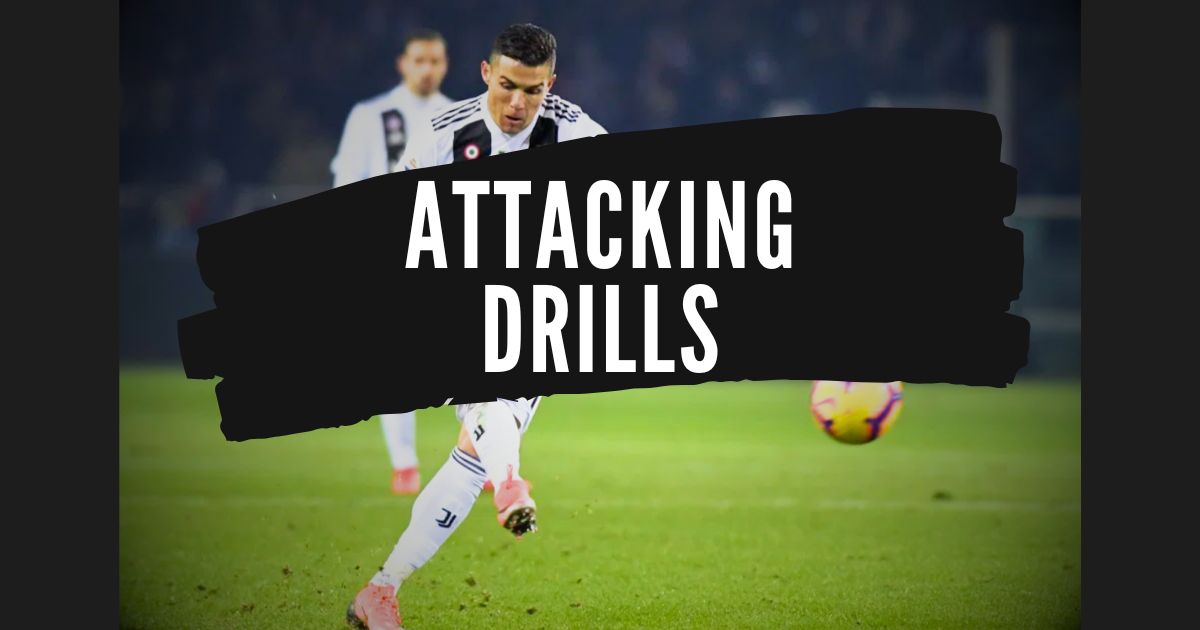
Fundamentals of Soccer Attacking
To elevate our game to the next level, we precisely focus on the core strategies and techniques that underpin successful soccer offenses.
Principles of Effective Offense
In our pursuit of a dominant attack, we embrace the five critical attacking principles:
- Dispersal: We spread out across the field to create space, with both width and depth.
- Penetration: We aim to quickly break through the defense using calculated passes or dribbles.
- Movement: Our dynamic off-the-ball runs are designed to confuse and draw out defenders.
- Support: We provide immediate options for the player with the ball, establishing multiple passing angles.
- Innovation/Creativity: With imagination in our play, we keep the defense guessing and create unexpected opportunities.
Each principle synergizes to form the backbone of our strategic approach to tearing down the opposition’s defense.
Developing Tactical Awareness
We constantly work on understanding the tactical nuances of soccer, enhancing our ability to make smart decisions in real-time. Tactical awareness entails:
- Space Utilization: Recognizing and exploiting open areas on the field.
- Player Roles and Responsibilities: Knowing every player’s duties in various attacking scenarios.
- Reading the Game: Anticipating the opponent’s moves and adapting our tactics accordingly.
By instilling a sharp tactical awareness in every player, we turn individuals into a cohesive, intelligent offensive unit ready to face any defensive challenge.
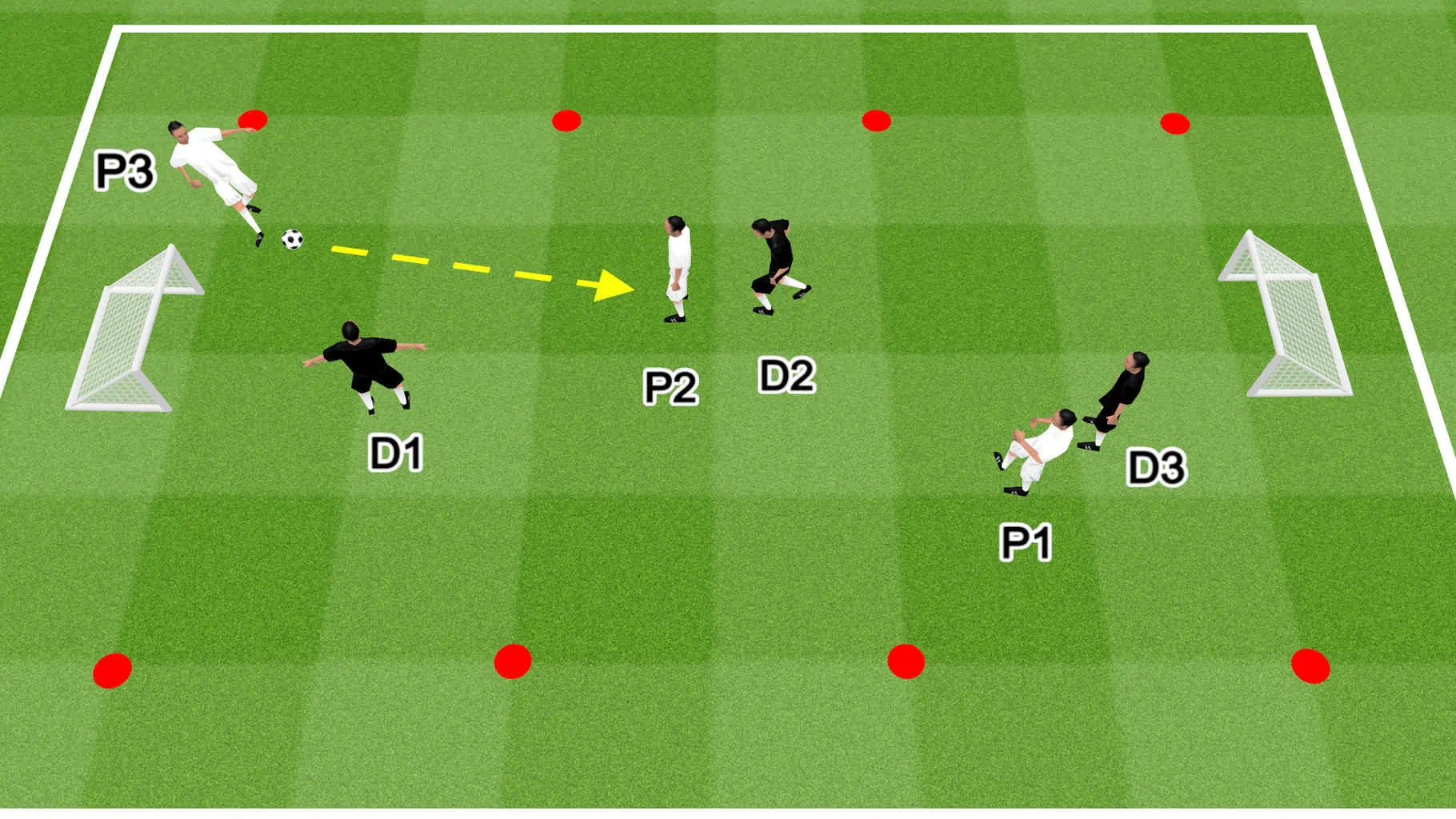
Skill Development Drills
In fine-tuning our offensive play, we focus on enhancing key skills that dramatically improve our performance on the field. Let’s dive right into the drills that will help us excel.
Dribbling and Ball Control
To navigate through tight defenses, we’ve got to master both speed and finesse. A drill that pushes us to our limits involves setting up a series of cones for agility dribbling. We weave through these obstacles, each time pushing for a faster pace while keeping the ball glued to our feet. Our aim is to develop touch and control that feels second nature. Learn effective dribbling through a drill that blends pace and precision here.
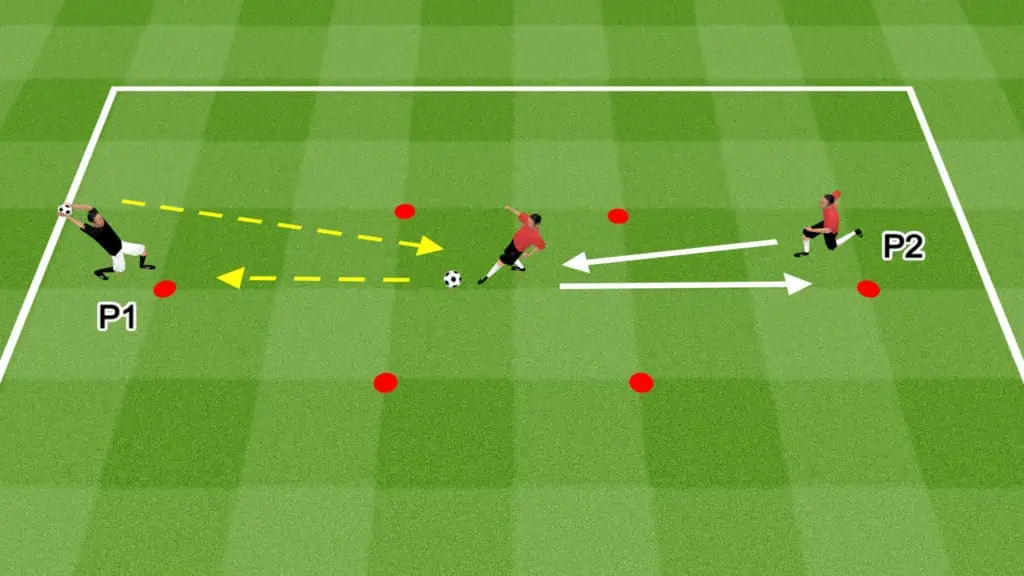
Passing Accuracy
Precise passing is the backbone of any successful attack. We practice with drills designed to sharpen our vision and execution. For instance, the Pass-and-Move drill requires us to constantly be on the move, finding and creating spaces, and connecting accurate passes with minimal time and space. Our accuracy improves as we constantly adjust our angle and speed with every drill repetition. Get more insights on passing drills here.
Shooting Techniques
When it comes to shooting, it’s all about precision and power. We engage in drills such as the Shoot on Sight exercise, which trains us to take shots from various angles and distances, honing our ability to strike the ball cleanly and accurately towards the goal. The focus is not just on power shots but also on placement and composure in front of the goal. This drill is fantastic for building the confidence needed to score consistently. Find ways to improve your shooting technique here.
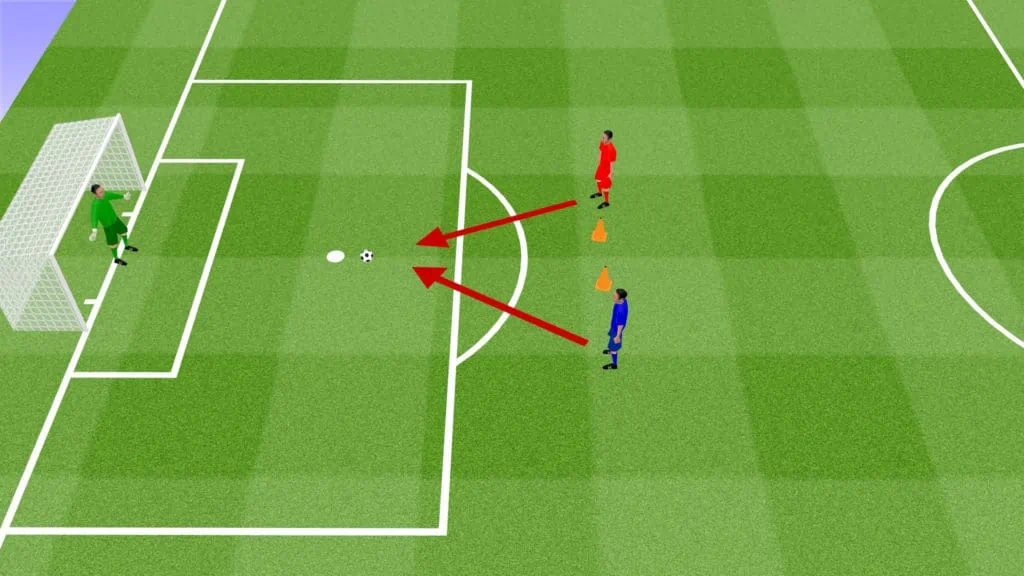
Small-Sided Games for Strategic Play
Small-sided games are an excellent tool for fine-tuning our team’s offensive strategies. We focus on enhancing our spatial awareness, decision-making, and tactical flexibility.
2v2 and 3v3 Scenarios
In 2v2 scenarios, we concentrate on direct communication and rapid plays, where every move we make is decisive. Quick passing and immediate pressure on the opponent cultivate our ability to exploit even the slightest gaps in defense.
- Main Objective: Enhance quick thinking and rapid execution
- Key Focus:
- Quick one-touch passes
- Direct runs to goal
- Immediate counter-attacks after possession is won
3v3 scenarios scale up the complexity. With an additional team member, we explore more intricate passing channels and improve our off-the-ball movements. This nurtures our understanding of when to pass versus when to dribble, fostering a better sense of how to dismantle defenses.
- Main Objective: Develop teamwork and positional awareness
- Key Focus:
- Triangular passing formations
- Rotations to confuse defenders
- Quick switching of play to open up space
Creating Space and Opportunities
We use small-sided games to perfect our ability to create space and opportunities. It’s about recognizing when to make those darting runs that pull defenders out of position and finding those pockets of space to receive the ball.
- Main Objectives:
- Develop spatial awareness
- Cultivate the skill of timing runs
- Enhance vision for spotting key passing opportunities
Our exercises include:
- Movement Drills: We employ dynamic drills that encourage making calculated movements to shake off markers.
- Passing Patterns: Designated passing patterns that require precision and timing, ensuring that we’re always ready to break defensive lines.
By continuously practicing in these high-intensity and confined environments, we equip ourselves with the effective offensive tools to excel in game settings.
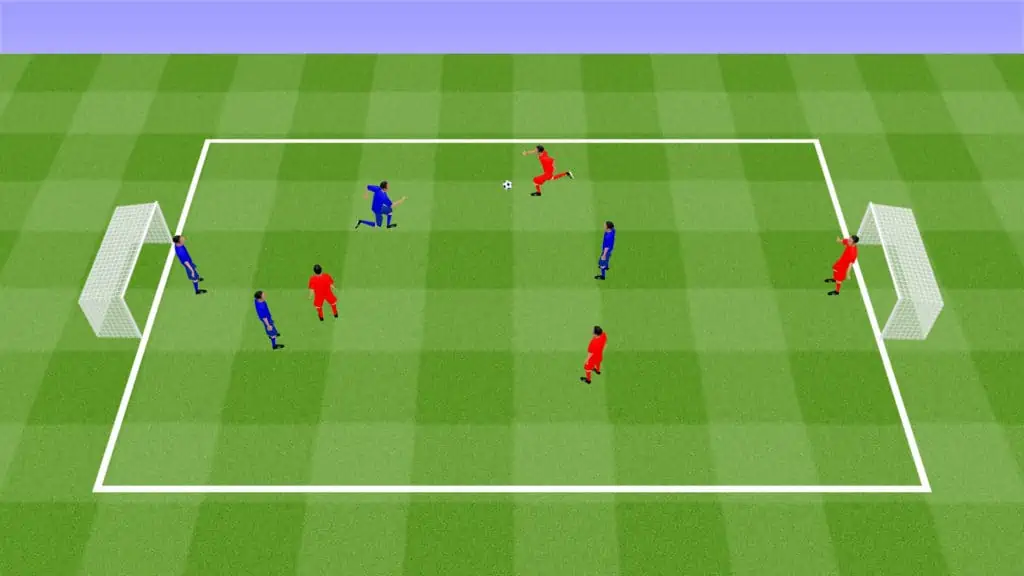
Position-Specific Training
In our game plan, we place a significant emphasis on tailoring drills to specific positions to enhance our team’s overall attacking prowess. Let’s dive into the focused training regimens that elevate our forwards, midfielders, and defenders’ offensive skills.
Forwards’ Finishing Drills
Our strikers are the tip of the spear, and their ability to finish under pressure is crucial. We incorporate drills that mimic game scenarios to sharpen their predatory instincts. For example, we perform dribbling and shooting exercises that inspire our forwards to maintain composure and accuracy when sprinting full tilt towards the goal.
- Close Range Finishing: Quick-fire shots on a crowded goal-line hone reactions and precision.
- Breakaway Drills: Encourages ruthless efficiency when our forwards face only the keeper.
Midfielders’ Play-Making Exercises
Our midfielders are the architects of our attacks, stringing passes and creating chances. We use small-sided games to cultivate their vision and quick decision-making, empowering them to dissect defenses with incisive through balls and dynamic movement off the ball.
- Vision Training: Exercises that develop an eye for gaps in the opposition’s defense.
- Passing Patterns: Complex drills that build intuitive link-up play in tight areas.
Defenders’ Attacking Support
We equip our defenders with the tools to contribute to our offensive threat. We train our backline to deliver pinpoint crosses from deep positions and make surging runs that add numerical superiority in forward areas, inspired by the likes of successful attacking strategies.
- Crossing Under Pressure: Sessions that refine service from the sidelines into dangerous zones.
- Overlapping Runs: Coordination drills to time their forays forward, ensuring we’re not caught off-guard on the counter.
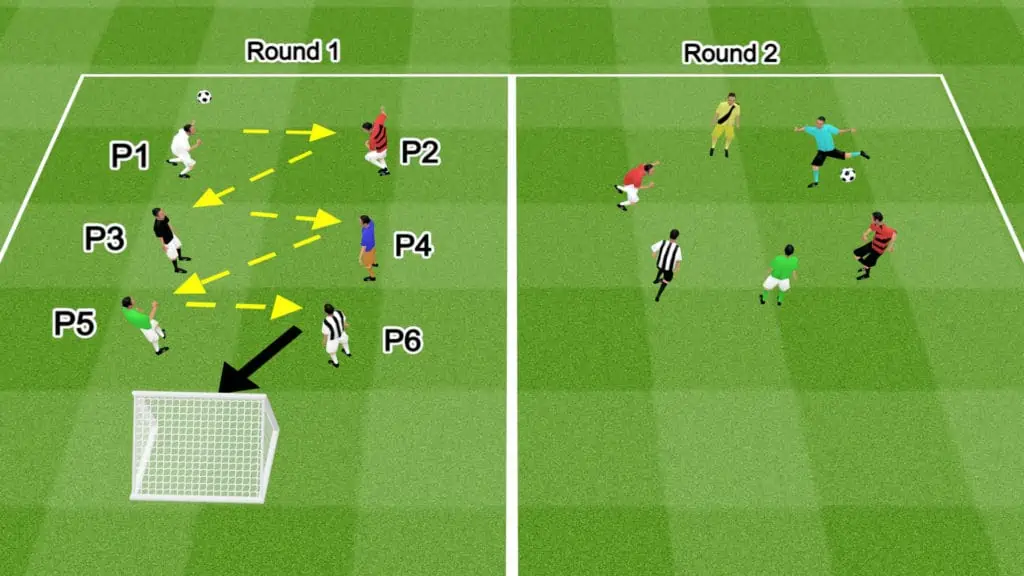
Team Cohesion Exercises
In soccer, team cohesion is the bedrock that allows players to seamlessly transition into a unified attacking force. We place emphasis on exercises that nurture communication and coordination, as well as those that sharpen our ability to switch from defending to launching an assault on the opposition’s goal.
Communication and Coordination Drills
Group Passing Patterns: We execute complex passing patterns that require us to constantly communicate and adjust our positions. This sharpens our interplay and understanding among teammates. A typical drill might be:
- Triangle Passing: Players form a triangle, about 10 yards apart.
- Each player must call the recipient’s name before passing.
- We rotate our positions after five successful passes to ensure everyone adapts to different angles.
Dynamic Movement Games: In these games, we’re constantly on the move, exchanging positions and roles. For instance:
- Two-Touch Rondo: In groups of five, we keep the ball away from a pair of defenders.
- We limit ourselves to two touches to incentivize quick thinking and communication.
Transitioning from Defense to Attack
Counter-Attack Scenarios: We simulate situations where we regain possession and need to move the ball forward rapidly. Drills include:
- 4v2 to Goal: Starting with a defensive outnumbered scenario, once we recover the ball, we transition into a 4 attackers vs 2 defenders going towards the goal.
- Our focus here is on the speed of transition and the clarity of our decision-making.
Position-Specific Transitions: We assign our players to their usual in-game positions and work on transitioning play from our defenders through the midfield and to our attackers. This involves:
- Quick, decisive passing from the back.
- Midfielders recognizing cues to turn defense into attack.
- Forwards communicating to create channels and space for scoring opportunities.
By engaging in these specific team cohesion exercises, we’re not just improving our physical capabilities, but also forging a stronger, more intuitive connection across our squad.
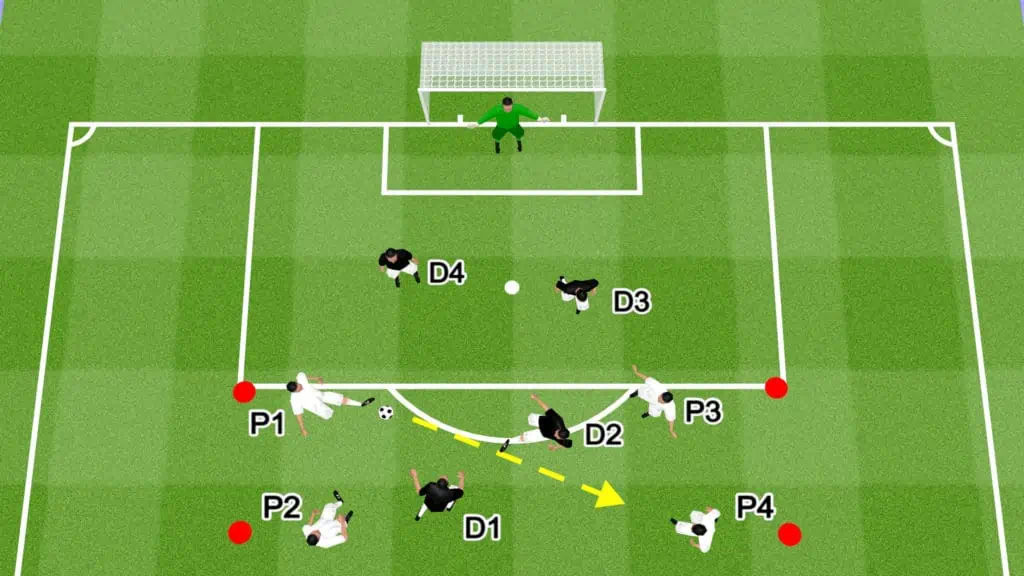
Conditioning for Attacking Players
As we focus on honing our attacking skills in soccer, conditioning is a critical element that can fundamentally elevate our game. Proper conditioning ensures that we, as attacking players, have the stamina and speed necessary to outperform defenders and consistently contribute to our team’s offensive efforts.
Speed and Agility Drills
- High-Intensity Interval Training (HIIT): We implement burst of sprinting with brief rest periods to mimic the stop-and-go nature of a game.
- Cone Drills: We set up a series of cones for slalom runs that enhance our agility and footwork.
Endurance Training
- Continuous running at a moderate pace: We aim for longer distances to increase our overall stamina.
- Fartlek Training: This involves varying our pace from walking to sprints over the course of a run, improving our aerobic and anaerobic thresholds.
Strength and Power Exercises
- Plyometrics: Exercises such as jump squats and box jumps develop our explosive power, crucial for winning aerial battles and sprinting past opponents.
- Leg Press and Squats: We build the muscle strength in our legs to ensure we can maintain our speed and power throughout the game.
Finally, we integrate our soccer attacking drills with conditioning to ensure the two elements of our training are not isolated but rather work synergistically to improve our performance where it counts—on the field! Every session pushes us to be sharper, quicker, and more enduring. When that whistle blows, we’re more than ready to charge forward and make those game-changing plays.
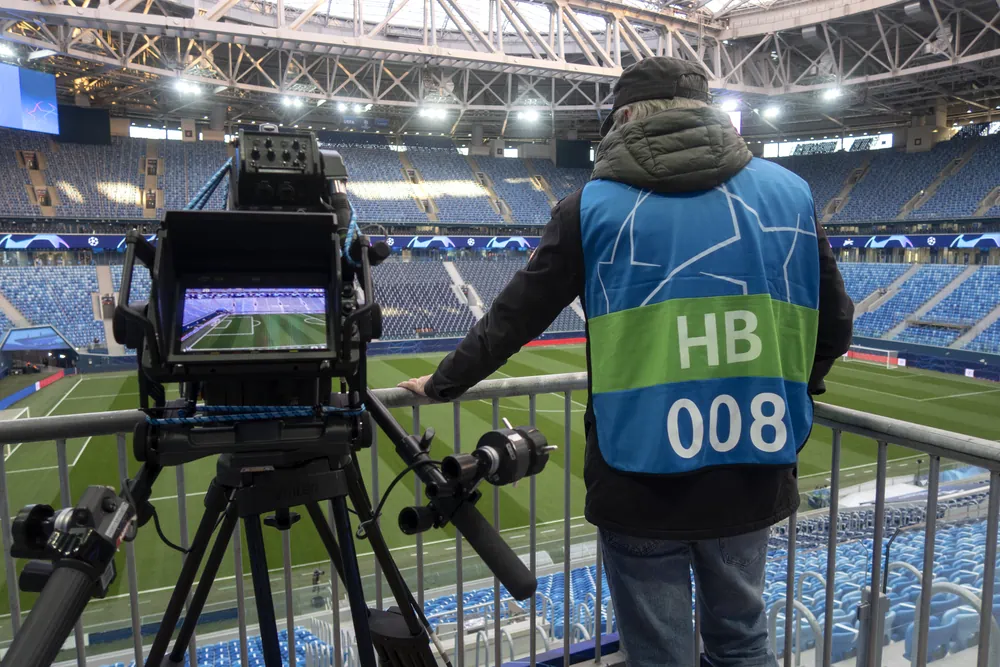
Analytics and Video Analysis for Attacking Improvement
In modern soccer, we’re seeing an exciting shift where analytics and video analysis are essential tools for improving our attacking play. We harness data to identify key performance indicators (KPIs) that can provide a deeper insight into our offensive strategies. Here’s how we’re improving our game:
- Tracking KPIs: We keep our eyes on specific metrics like shots on target, successful dribbles, and passing accuracy. These numbers tell us where we’re excelling and where there’s room for improvement.
- Video Analysis: We review game footage, meticulously breaking down plays to understand our movement, positioning, and decision-making.
Here’s what our video sessions look like:
| Focus Area | What We Look For |
|---|---|
| Passing | Accuracy, decision timing |
| Movement | Off-the-ball runs, space creation |
| Finishing | Shot placement, composure in front of goal |
By blending coaching with science, we’ve crafted attack drills tailored to the skills we need to enhance:
- Dribbling and Shooting: Fast-paced drills that mimic game scenarios.
- Two-Goal Shooting: Diversifying our shooting angles and pressure scenarios.
Each session is an opportunity to translate data into tangible results on the field. We’re excited by the endless possibilities analytics bring to our attacking playbook, always striving to stay ahead of the competition!
Share the post "Soccer Attacking Drills: Elevate Your Game with Top Offensive Strategies!"
Joel is a seasoned soccer journalist and analyst with many years of experience in the field. Joel specializes in game analysis, player profiles, transfer news, and has a keen eye for the tactical nuances of the game. He played at various levels in the game and coached teams - he is happy to share his insight with you.



